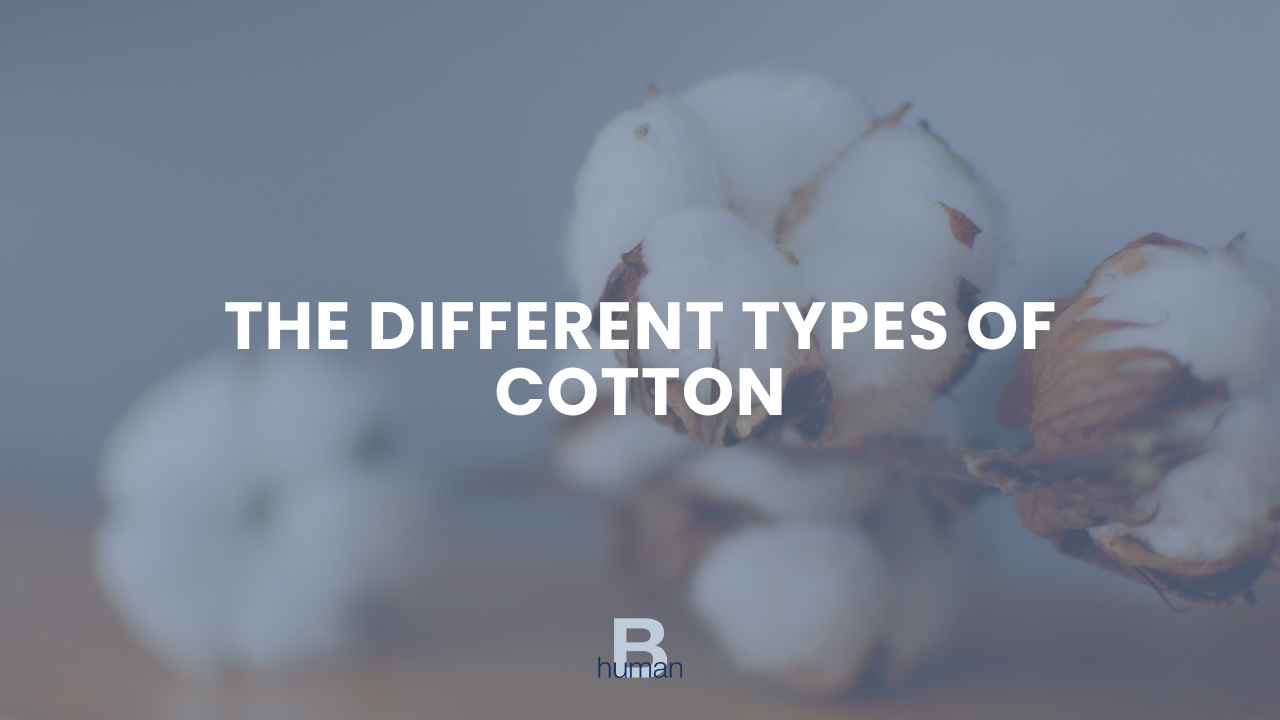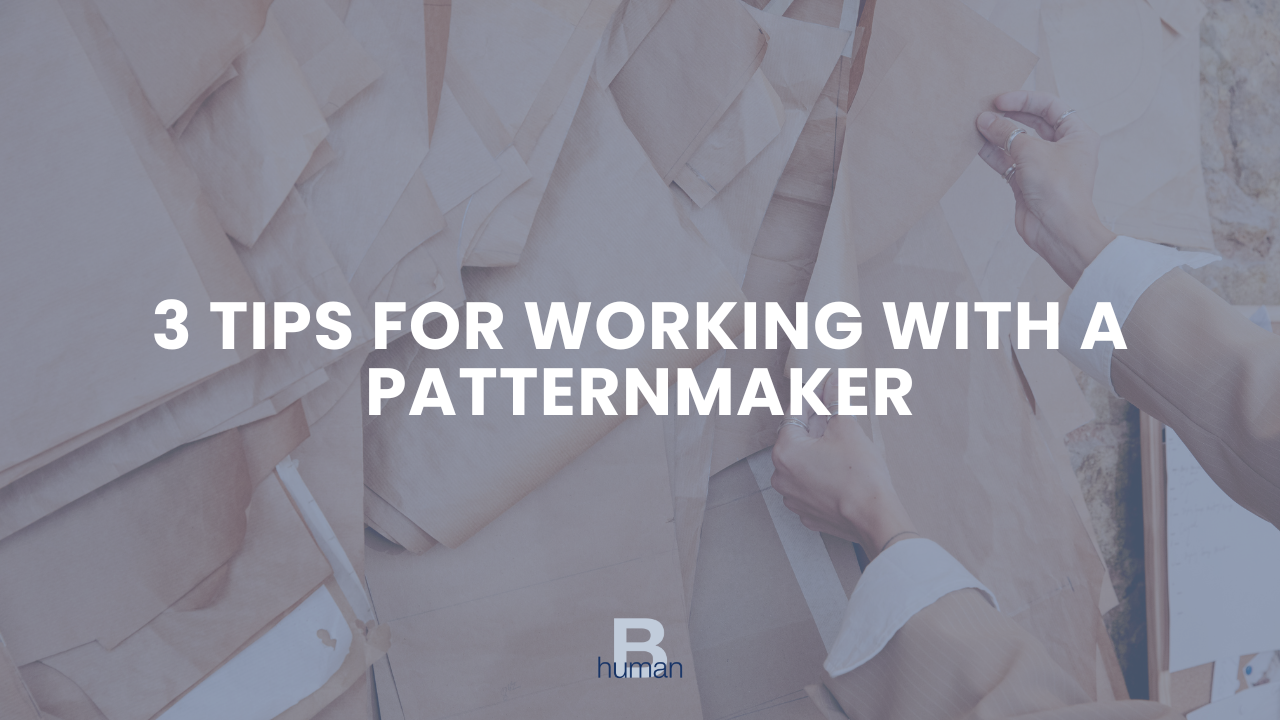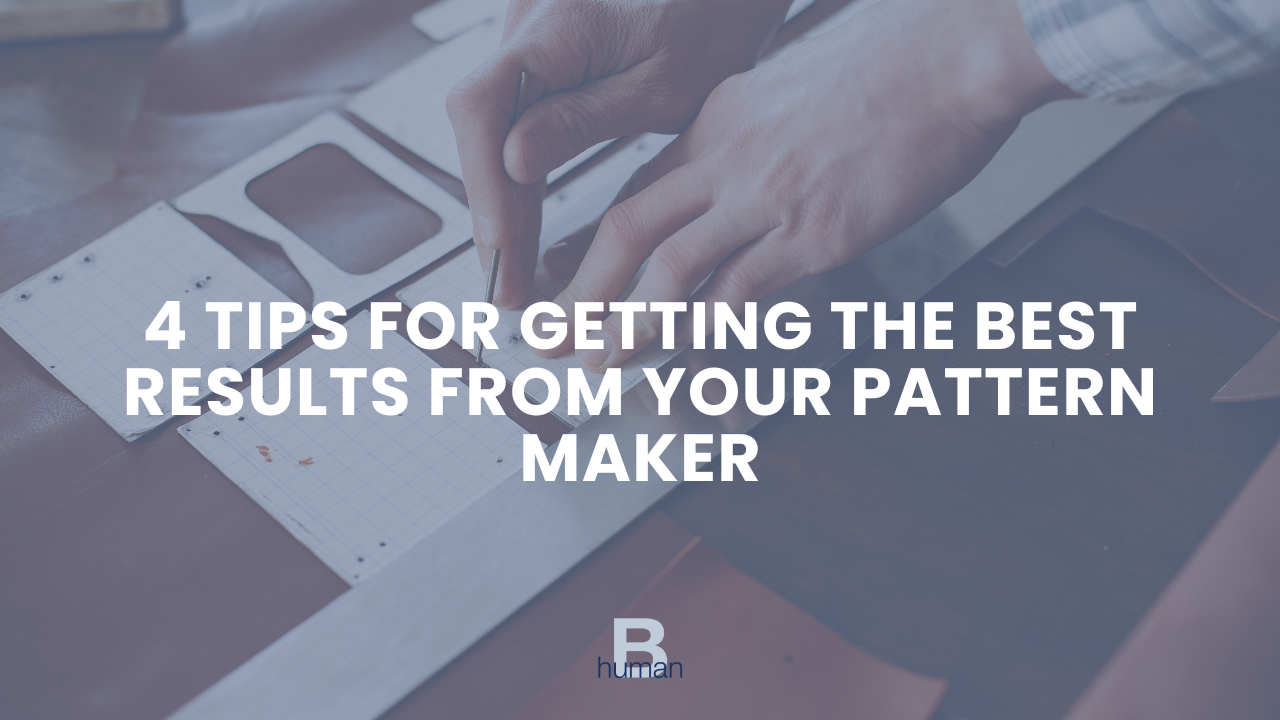A spec sheet and a tech pack are essential documents in fashion production, but they serve different purposes.
The Different Types of Cotton
Cotton is one of the textile industry's most widely used natural fibers. However, conventional cotton production methods have raised concerns about sustainability, environmental impact, and worker welfare.
In response, various alternatives have emerged, including organic cotton, recycled cotton, cotton produced under the Better Cotton Initiative (BCI), as well as a few other specialized types of cotton.
Let's dive into the different types of cotton and shed light on their differences and contributions to a more sustainable future.
3 Tips For Grading Apparel Products
Why Is Producing A Small Production Run Expensive?
3 Tips For Working With a Patternmaker
What Is The Most Profitable Category In Apparel?
The answer is one of these industry "secrets" that if you are new to the industry, and especially if you do sew or never produced apparel before, you simply wouldn't know it...
Yet once you hear the answer, I bet you'll go, "oh yes, that makes a lot of sense."
In this video, I also share info about the cost of labor and why certain categories are assumed to cost less than others...
What Are The Different Types of Samples And Their Purpose?
How Many Styles Should You Launch Your Fashion Brand With?
What is the ideal number of styles that you should offer when launching your fashion brand?
On one hand, you don’t want to invest in a big line until you get your proof of concept, but on the other hand, you want your line to look big enough so it will be taken seriously.
Is there a magic number you should be aware of?
How Many Rounds of Fitting Should I Have When Developing a Fashion Product?
Developing a new apparel product is complex and requires numerous rounds of samples and fitting before you can get it right.
If you are new to this process, and since each round is an additional cost and time, the question becomes how many fittings rounds is reasonable to have? And how many rounds are too many?
The Five Latest Technologies in Fabrics & Materials
Technology is changing the way that we, fashion designers, approach fabric sourcing.
There's a whole range of pioneering textiles that are not only groundbreaking in a
technological way but also push the fashion industry towards more sustainable practices.
This includes the development of fabrics and materials from the byproducts of other
industries, which is also a much-needed step into a circular economy.
How to Source Fabrics for Your Fashion Product
Sourcing the right fabrics for your fashion products is half of the battle in developing the perfect garment.
However, the process can be overwhelming, long and frustrating, especially for a new brand that is new to the industry and can't yet commit to high volume.
How can you make this process more effective and less complicated?
Below I've put a checklist of the steps and actions that you should take to help you with that.
Do You Know Your Customer?
...Like really know your customer!
Not what you think, wish or hope that they would be like, and not just the high-level details of their age, income level, and location but the specifics of their character, habits, likes and dislikes, priorities, what a day in their life looks like and more as if they were your best friend or a close family member that you know very well.
In fact, when you start a brand (or any business for that matter) the first question you should answer is WHO AM I SELLING TO?
Design with Production In Mind
“We are experiencing many issues with our production, can you help us with this?”
If I had a cent for every time that I heard that sentence I would probably be retired by now.
Most fashion brands (especially if they are new or small), assume that since production is the last part in the process they’ll just worry about it when they get to it, and rather choose to focus mainly on designing and making the perfect samples.
NEWS FLASH - that is the wrong approach.
4 Tips for Getting The Best Results From Your Pattern Maker
Today’s post offers 4 tips to help you get the best results out of your pattern maker.
Knowing what to provide and how to direct your pattern maker is crucial to how well can they execute your vision. Whether you are a veteran or new to the industry the following should make your pattern maker job easier and will make you look like a pro not to mention save you time and money:
When Should You Grade Your Apparel Pattern?
One of the most common mistakes we see with young designers is grading a pattern too early in the development process.
At what stage of the process should you grade your apparel pattern?
First, let’s explain what grading is:
Grading is the stage of sizing an apparel pattern up or down to create the patterns for the other sizes of that garment.
4 Things That Any Fashion Brand Can Do To Be More Sustainable.
Sustainability - The ability to continue a defined behavior indefinitely.
In the fashion industry we are constantly producing more and more goods. We use tons of natural resources, produce garments all over the world and all the while we are trying to keep up with ever changing trends and timely demands of the fashion industry. What is that impact? Most of the pollution in the garment industry comes from textiles. Water usage, finishing agents, and dyes. 20% of the worlds water pollution is due to the garment industry. How does it affect the community that work and live around these factories? As designers and consumers we have the responsibility to ask ourselves these questions and the ability to make change.
How do you as a designer build a company with all of these things in mind and as a small brand be a part of this change?
How to Find A Niche for Your Fashion Brand.
When starting a fashion brand, thoroughly understanding your product, knowing who you’re selling to, and defining your USP (Unique Selling Proposition) are vital for the success of the brand. It sounds pretty obvious, right? Apparently not all businesses follow that.
Niche business - a business targeting to a specific group of customers with a specific common shared interest, passion, or desire.
Many new fashion brands don’t take the time to define their niche and end up spending their money and affords on the wrong targets. Starting a brand of dresses with interesting designs or with the
Behind the Brand – The Story of PaperGirl
PaperGirl is a brightly illustrated and inspiring made in NY childrenswear line that our company manged the development and production for this past year before launching their first collection in April 2015!
The stunning original artwork that make up each print on the garments, coordinates with a booklet (also designed and written by the designer) stored inside the garment’s pocket to inspire its little wearers to dream as individuals. Here we meet the designer behind the imaginative brand to hear her unique story:
The New York Garment District
Ever wondered how the New York Garment District got its start? What happened to it and where it is heading?
In the Mid 19th century, New York City’s Garment District was built on ready to wear clothing that was mass produced and mass-marketed. The industry relied on the workings of a cheap yet skilled labor force—primarily immigrants of European Jewish and Italian descent who arrived in the United States trained in traditional tailoring.
During this time the garment industry was New York City’s largest employer, employing one hundred thousand people each year. Rapid growth was seen in twenty years when the amount of manufacturing firms increased from 562 in 1880 to over 1,800 in the 1900s.
In an effort to increase New York City’s shopping culture Fashion Row and Ladies Mile were
5 Points to Best Communicate Your Designs to a Sewing Contractor
As a designer, it is very important your collection is well executed for a show, presentation and market week, as well as the selling floor. And to have a well-made collection, or just a single garment, it starts after your designs are finalized and it’s ready for construction.
Most fashion houses already have their team of sewers who understands the design concept and know how each garment should be constructed, with some instructions given. However, majority of young designers don’t have the same resources. When they find a sewer or factory to sew their garments, young designers would think that this person would understand their design because of years of experience the sewer has under their belt. This is actually a BIG misconception. If no instructions given, the sewer can have a garment finished in a way that you originally did not want. This mistake would cost time and money.
When you give a new design to a sewer/factory, you should think ahead about the steps they





















